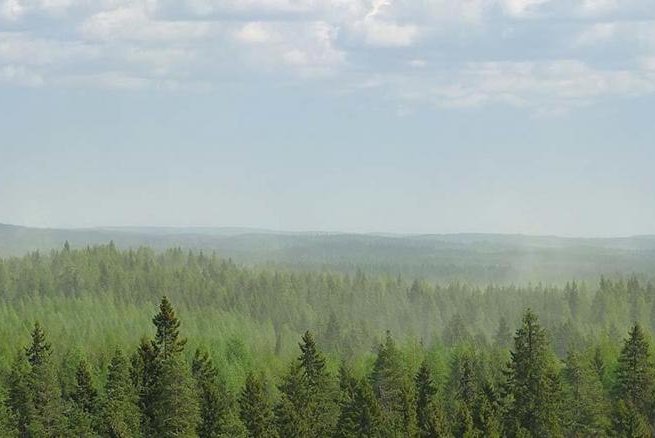Dec. 14 (UPI) -- Scientists are only just beginning to understand the complex ways new aerosol particles form in the atmosphere. New research suggests human-caused air pollution can impact the conversion of organic gasses into aerosols.
All ecosystems, including wetlands, forests and mountain streams, emit organic compounds into the atmosphere, but only a few of these compounds are known to react with atmospheric gases to form particles, or aerosols.















